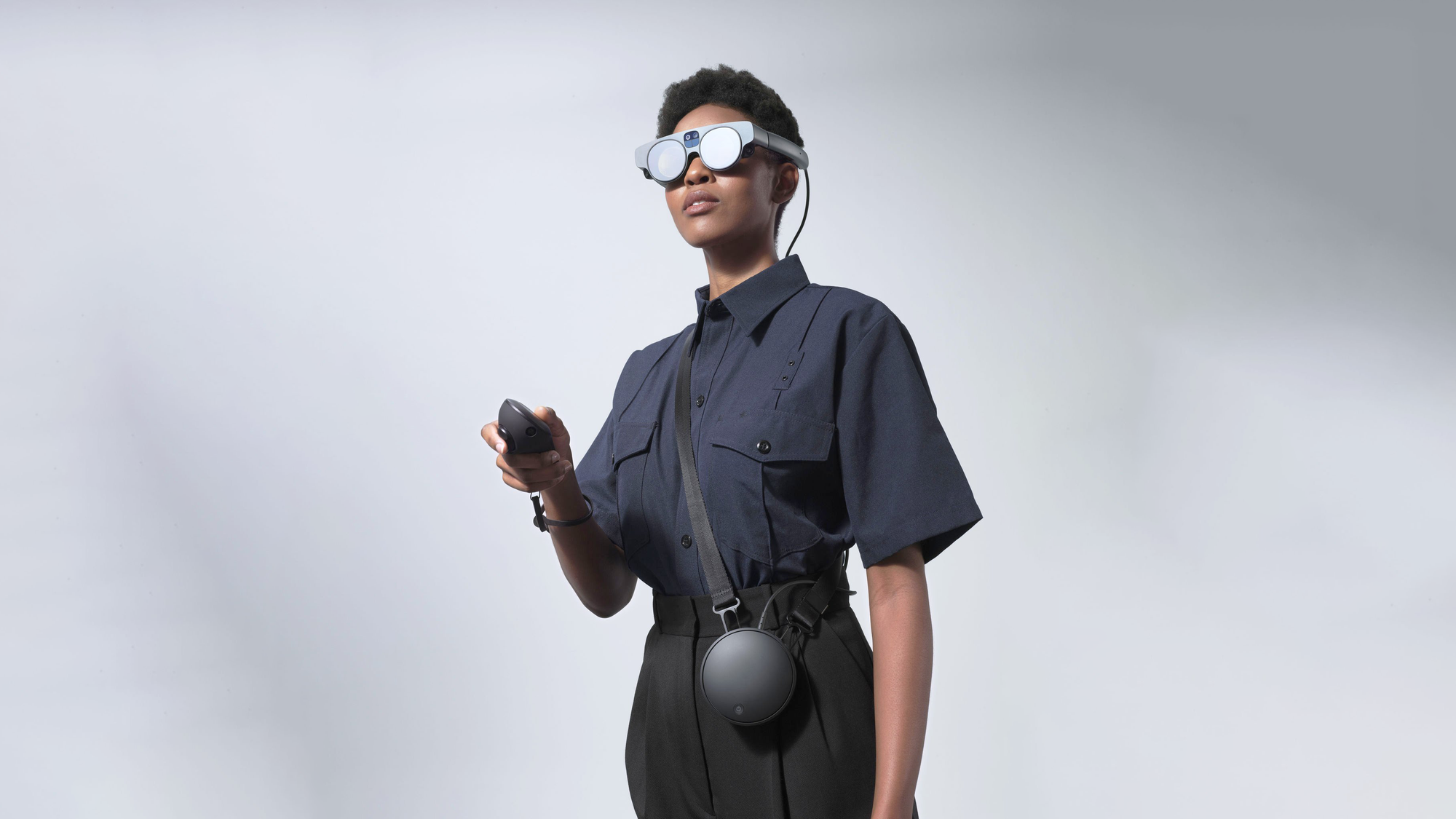Quest 3 would be lighter if the battery was external, but not necessarily as light as people might guess.
Earlier this week we highlighted the fact that iFixit’s Quest 3 teardown revealed that the battery takes up almost all the internal component space when the front plate is removed.
Some other headsets like Pico 4 and Quest Pro house the battery in the rear padding instead of in the visor, while Apple Vision Pro has a tethered external battery pack to remove it from your head entirely. But just how much of a weight difference would this actually make for Quest 3?
UploadVR contacted Shahram Mokhtari, iFixit’s Lead Teardown Technician who conducted the Quest 3 teardown, to ask him to weigh the removed battery. He did, and reports back that it weighs just 64 grams.
In our review of Quest 3 we noted that without the facial interface and straps it weighs 397 grams. That means the battery makes up just 16% of this weight.
0:00
Of course, that 397 grams figure includes the side arms and speakers, which you won’t feel on the front of your face. If those were taken off, the figure might be somewhere between 20% and 25%. But still, that isn’t the dramatic weight difference one might expect removing the battery from the visor.
What could make the visor much lighter would be to move the computing hardware off the visor. This would be much more complicated from an engineering perspective though, likely requiring a thick and expensive link between the compute unit and the sensors and displays. And this compute unit would almost certainly have to be larger and thicker than a phone, due to the need for a much larger battery and cooling fan to support the sustained high performance XR requires. Magic Leap 2’s compute unit, for example, is more of a fanny pack than the small puck some people envision as ideal.

Still, it’s very possible we’ll see reductions in headset visor weight from other means too. OLED microdisplays are lighter than small LCD panels, for example, as they have a higher pixel density and don’t need a separate backlight layer. Further, while headsets like Quest 3 are optimized for peak performance, in future we could see weight-optimized headsets with underclocked chipsets and lighter cooling assemblies – perhaps even fanless designs some day.
For now, as we noted in our review, thinner headsets like Quest 3 do feel much lighter even if they’re really not, because the weight is closer to your face. With either the official Elite Strap or one of the many cheaper third-party alternatives, you can now find a setup that can keep you fairly comfortable in VR for hours at a time.





